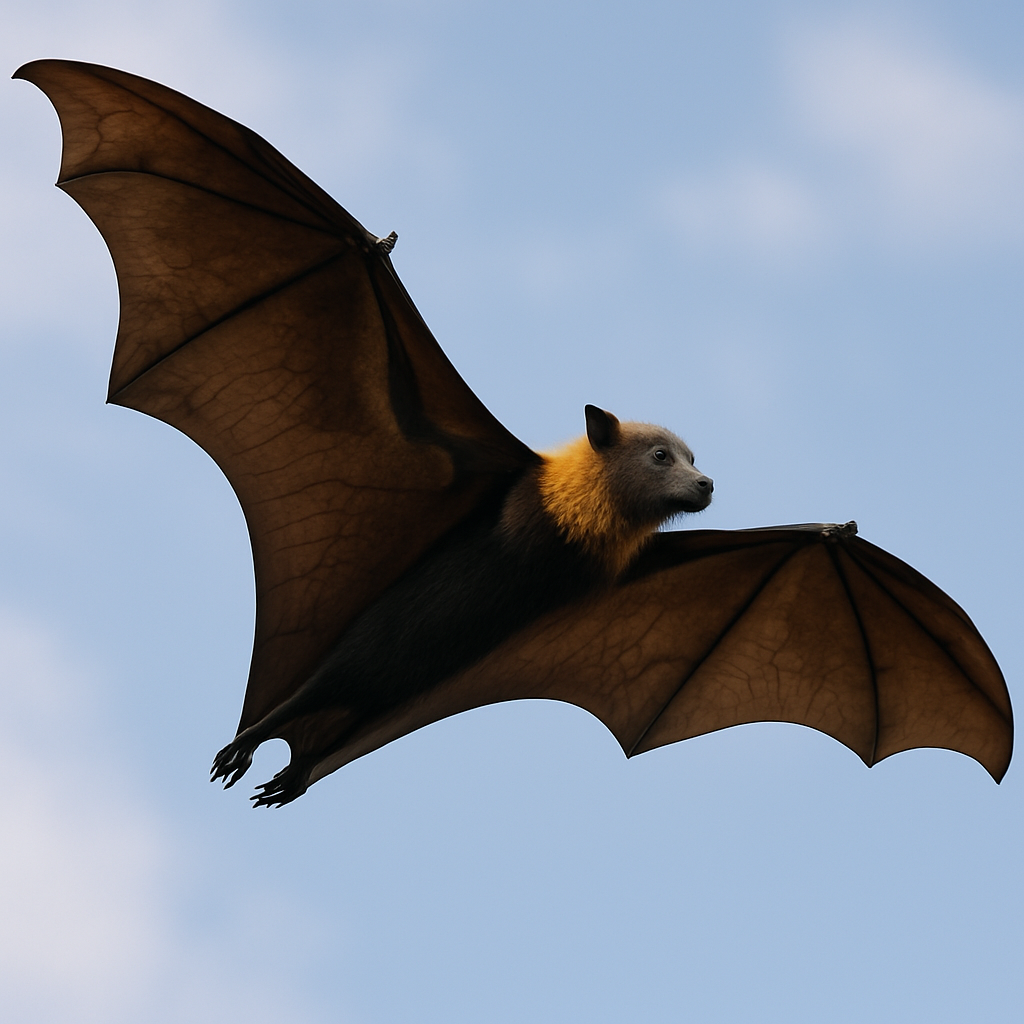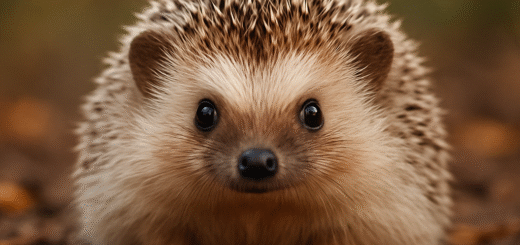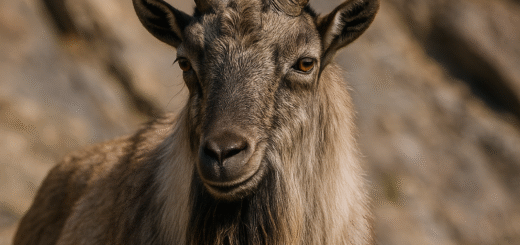Flying Fox: Nature’s Giant Bat and Gentle Pollinator
When you hear the name “Flying Fox,” you might imagine a mythical creature. In reality, flying foxes are some of the largest and most fascinating bats in the world. With their fox-like faces, impressive wingspans, and vital role in ecosystems, flying foxes deserve more appreciation and protection.

What Is a Flying Fox?
Flying foxes are not foxes at all — they are a type of megabat belonging to the Pteropus genus. Native to tropical and subtropical regions of Asia, Australia, East Africa, and the Pacific Islands, these remarkable mammals are known for their large eyes, pointed snouts, and long wings. Some species, like the giant golden-crowned flying fox from the Philippines, can have a wingspan of over 1.7 meters (5.5 feet)!
Unlike many smaller bats that rely on echolocation, flying foxes depend on their keen eyesight and strong sense of smell to find food.
Why Are Flying Foxes Important?
Flying foxes play a crucial role in maintaining healthy ecosystems. They are key pollinators and seed dispersers for many tree species. As they travel long distances to feed on fruits, nectar, and flowers, they spread seeds and pollinate plants, helping forests regenerate and thrive.
Without flying foxes, many tropical forests would struggle to survive. Their nightly flights ensure genetic diversity among plants, which in turn supports countless other species, including humans.
Are Flying Foxes Dangerous?
Flying foxes are gentle creatures. They are not aggressive toward humans and prefer to avoid contact altogether. Their diet consists mostly of fruit, nectar, and flowers — not blood, despite common misconceptions about bats.
However, like all wildlife, flying foxes can carry diseases. It’s important not to handle or disturb them. Conservation efforts stress the importance of coexisting peacefully with these vital pollinators.
Threats to Flying Foxes
Unfortunately, flying foxes are facing multiple threats:
- Habitat Loss: Deforestation and urbanization destroy their natural roosting and feeding grounds.
- Climate Change: Heatwaves have caused mass deaths among flying fox populations, especially in Australia.
- Hunting and Culling: In some areas, flying foxes are hunted for food or killed due to perceived conflicts with fruit farmers.
Many species of flying fox are now endangered or threatened, making conservation efforts more urgent than ever.
Conservation Efforts
Organizations worldwide are working to protect flying foxes by:
- Establishing protected roosting sites
- Educating communities about their ecological value
- Advocating for habitat preservation
- Promoting fruit farming techniques that minimize conflicts
Simple steps, like planting native trees and supporting bat-friendly initiatives, can also help local populations recover.
Final Thoughts
Flying foxes are majestic, misunderstood creatures that do much more good for the world than many realize. As pollinators, seed dispersers, and a vital link in forest ecosystems, they are essential to maintaining the planet’s biodiversity.
Next time you see a flying fox gliding through the twilight sky, remember: you’re witnessing one of nature’s most important gardeners at work.








